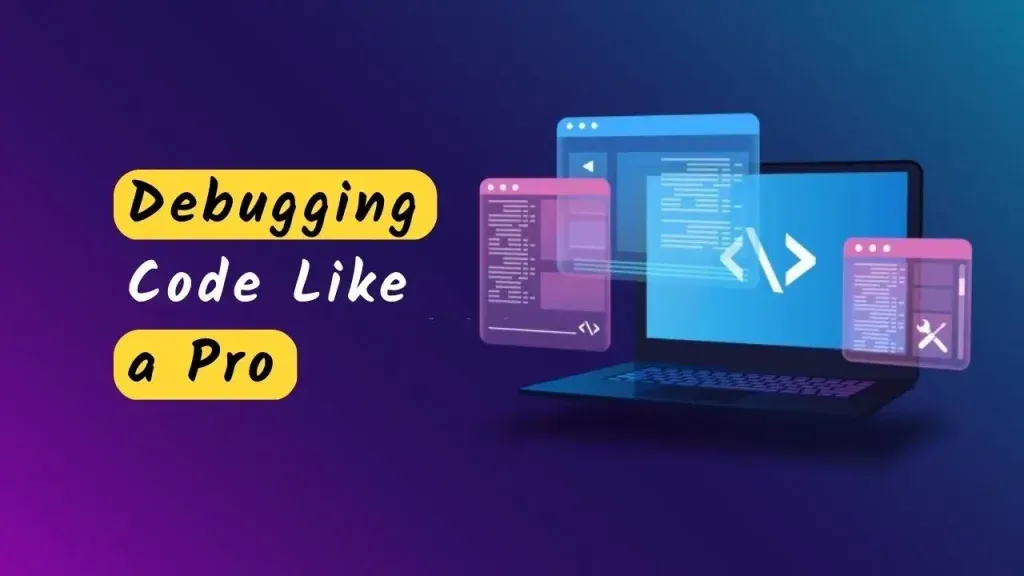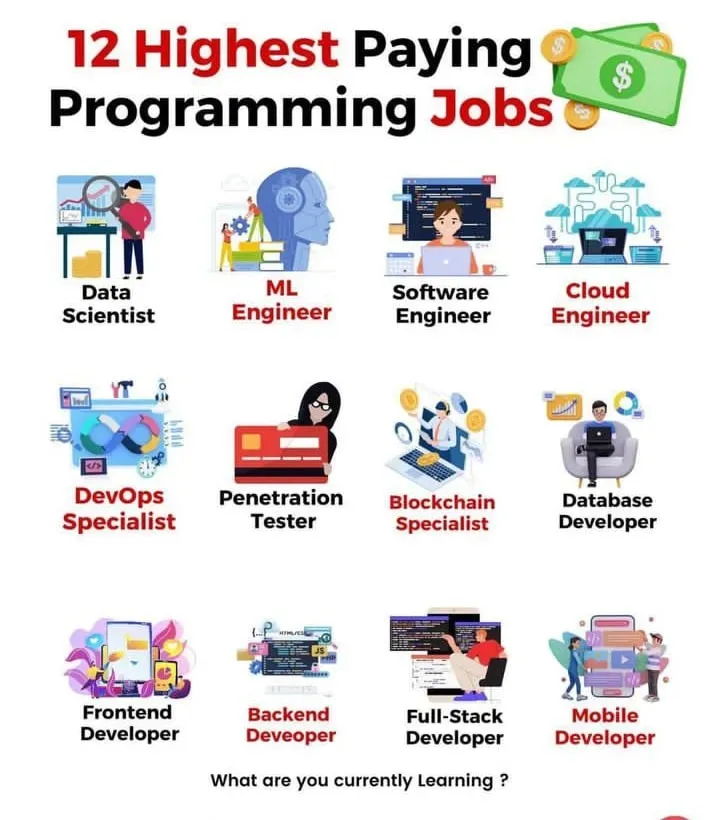Debugging Like a Pro isn’t a random talent you were born with; it’s a repeatable, disciplined process that blends curiosity, logic, and the right tools to identify and fix problems quickly. In modern software teams, bugs are a fact of life, and the difference between a long, painful triage and a smooth, automated fix comes from moving from failure to verified change with minimal noise and risk. This guide presents advanced strategies designed to accelerate debugging, reduce cognitive load, and improve overall software quality by turning exploratory work into a repeatable workflow. If you want to shorten debugging cycles and ship with confidence, adopt practices that emphasize evidence over hunches, versioned environments, and clear, testable outcomes. A practical debugging mindset starts with planning, reproducibility, and disciplined verification, then scales up to a reliable pattern you can apply to every issue.
Viewed through the lens of systematic problem solving, effective debugging relies on established debugging techniques that convert uncertainty into traceable steps. Root cause analysis guides you from symptom to source using structured methods such as five whys, fault trees, and collaborative reviews. Profiling tools illuminate performance peculiarities and memory behavior, helping separate genuine defects from side effects under real load. Test-driven development aligns behavior with tests that fail before a fix and pass after, making debugging safer and easier to validate. With an emphasis on efficient debugging, teams increase speed while maintaining quality by focusing on targeted instrumentation, deterministic runs, and repeatable builds.
Debugging Like a Pro: A Structured Playbook for Efficient Debugging in Modern Software
Debugging Like a Pro isn’t a born talent; it’s a repeatable, disciplined workflow that blends curiosity, methodical reasoning, and the right tooling to identify and fix problems quickly. In modern software teams, bugs are a fact of life, and what sets top developers apart is the ability to move from failure to verified fix with minimal noise and risk to the codebase. This guide outlines a practical, repeatable approach to efficient debugging that reduces cognitive load and accelerates shipping with confidence.
Key steps start with reproducibility and evidence. Before touching code, articulate the problem, reproduce it reliably in a controlled environment, and isolate the conditions that trigger the failure—inputs, timing, environment variables, and concurrency. Logging should be purposeful: record critical state transitions, input boundaries, and precise error messages with timestamps. By treating logs as breadcrumbs to the root cause, you create a solid path from symptom to fix. This is where debugging techniques, root cause analysis, and profiling tools come together to sharpen your diagnosis.
From Repro to Resolution: Integrating Profiling Tools and Test-Driven Development into Your Debugging Workflow
Profiling tools and test-driven development are a powerful combo for debugging efficiency. Use TDD to document expected behavior and create regression guards that catch bugs early. When a bug surfaces, write a failing test that captures the symptom; this test becomes a contract for the fix. Pair TDD with focused profiling—CPU, memory, and I/O profilers—to confirm that the fix addresses the issue without introducing new bottlenecks. In this approach, root cause analysis is informed by concrete telemetry rather than guesswork.
To operationalize this workflow, align the environment, builds, and tests: containerize dependencies, maintain reproducible builds, and ensure parity across development, staging, and production. Use structured debugging techniques like conditional breakpoints and logpoints to minimize noise, while keeping a lean set of instrumentation focused on the suspected defect. Document the hypothesis, the experiment, and the outcome to create a durable knowledge base, enabling faster future debugging and smoother CI feedback loops.
Frequently Asked Questions
How does Debugging Like a Pro leverage debugging techniques to identify and verify root cause analysis quickly?
Debugging Like a Pro is a disciplined, repeatable process. Use debugging techniques to reproduce the bug reliably, isolate triggering conditions, and gather focused evidence. Apply root cause analysis to map symptoms to the original fault and verify a fix with a minimal, deterministic test case. Keep logs targeted and changes small to reduce noise and risk.
Why are profiling tools and test-driven development essential in a Debugging Like a Pro workflow for efficient debugging?
Profiling tools reveal hidden dynamics under real load, helping distinguish defects from incidental side effects. Use CPU/memory/I/O profilers with focused instrumentation, and avoid over-instrumentation in production. Pair this with test-driven development: write a failing test that captures the symptom, use CI for fast feedback, and validate the fix with regression tests. This combination supports efficient debugging and higher code quality.
| Section | Key Points |
|---|---|
| The Pro Mindset: plan, reproduce, verify |
|
| Reproducibility and evidence first |
|
| Root cause analysis as a first principle |
|
| Profiling tools to reveal hidden dynamics |
|
| Debugging techniques that scale |
|
| The role of tests in debugging efficiency |
|
| Environment discipline and reproducible builds |
|
| Strategy for efficient debugging workflows |
|
| Practical considerations: code quality and debugging ethics |
|
| Examples and case studies |
|
| Common pitfalls and how to avoid them |
|
| Closing thoughts and best practices |
|
Summary
Debugging Like a Pro is a disciplined, repeatable process, not a born talent. By embracing reproducibility, root-cause analysis, profiling, and test-driven development, you shorten debugging cycles, reduce cognitive load, and ship with confidence. This approach turns debugging from a reactive chore into a proactive discipline, delivering faster releases, higher code quality, and greater trust in your software. With practice, your debugging workflow becomes a strategic advantage for modern teams.



